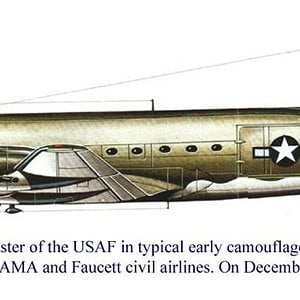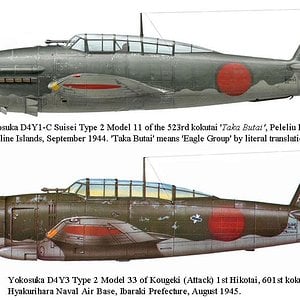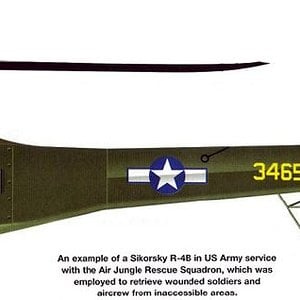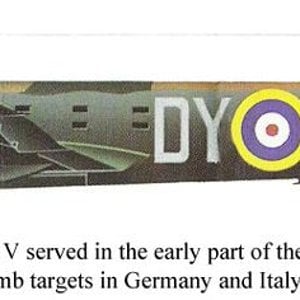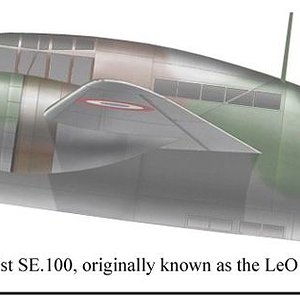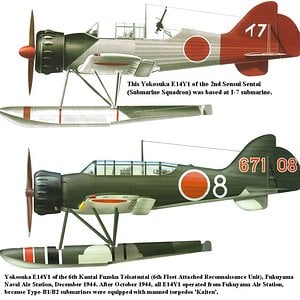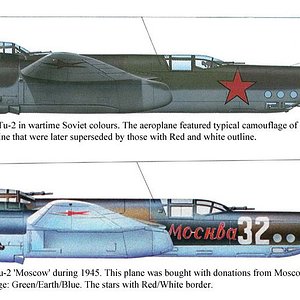Navigation
Install the app
How to install the app on iOS
Follow along with the video below to see how to install our site as a web app on your home screen.
Note: This feature may not be available in some browsers.
More options
You are using an out of date browser. It may not display this or other websites correctly.
You should upgrade or use an alternative browser.
You should upgrade or use an alternative browser.
The Armstrong Whitworth A.W.38 Whitley was one of three British twin-engine, front line medium bomber types in service with the Royal Air Force at the outbreak of the Second World War (the others were the Vickers Wellington and the Handley Page Hampden). It took part in the first RAF bombing raid on German territory, and remained an integral part of the early British bomber offensive until the introduction of four-engined "heavies". Its front line service included performing maritime reconnaissance duties with Coastal Command, while also being employed in the second line roles of glider-tug, trainer and transport aircraft.
The aircraft was named after Whitley, a suburb of Coventry where one of Armstrong Whitworth's plants was located.
The Whitley first entered service with No. 10 Squadron in March 1937, replacing Handley Page Heyford biplanes, and by the outbreak of the Second World War, seven squadrons were operational with the Whitley. The majority were flying Whitley IIIs or IVs as the Whitley V had only just been introduced. Eventually 1,814 of all marks were built.
Info: Wikipedia
http://en.wikipedia.org/wiki/Armstrong_Whitworth_Whitley
Profile: Fighting Aircraft of World War II
Published by Salamander Books.
The aircraft was named after Whitley, a suburb of Coventry where one of Armstrong Whitworth's plants was located.
The Whitley first entered service with No. 10 Squadron in March 1937, replacing Handley Page Heyford biplanes, and by the outbreak of the Second World War, seven squadrons were operational with the Whitley. The majority were flying Whitley IIIs or IVs as the Whitley V had only just been introduced. Eventually 1,814 of all marks were built.
Info: Wikipedia
http://en.wikipedia.org/wiki/Armstrong_Whitworth_Whitley
Profile: Fighting Aircraft of World War II
Published by Salamander Books.


